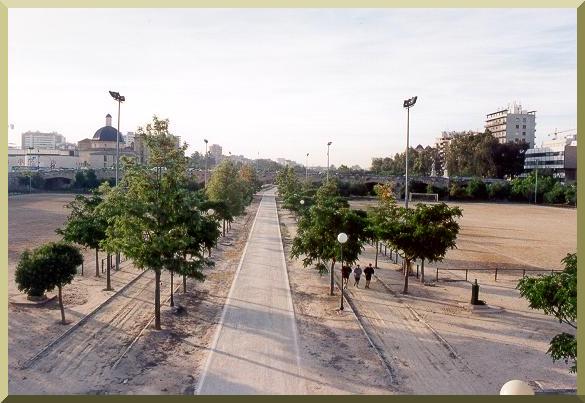|
In the Fall of 1993, I spent a sabbatical leave
at the famed DNOCS, the National Department of Works Against Droughts,
in Fortaleza, Ceará,
Brazil.
This work led to several papers on drought hydrology, among them,
Management of droughts and floods in the semiarid Brazilian Northeast - The case for conservation, and Characterization of drought across climatic spectrum.
While in Fortaleza one evening, I had
dinner with a group of colleagues, one of whom was
a former classmate at Colorado State University
who happened to be in town for business. He had an excellent reputation in
stochastic hydrology going back to his years at CSU.
Curious to find out what he was up to, I said: "Carlos, what are you doing these days?"
He answered: "Urban hydrology."
I said: "That is a new field to you, isn't it?
He replied: "It is simple. All you need to do is build a channel in the middle of the street, and drain the water
as fast as you can."
I said: "That's the way it used to be. Nowadays it is more complex than that.
Urban hydrology is not just about drainage;
it is also about retention."
| ||
|
|
